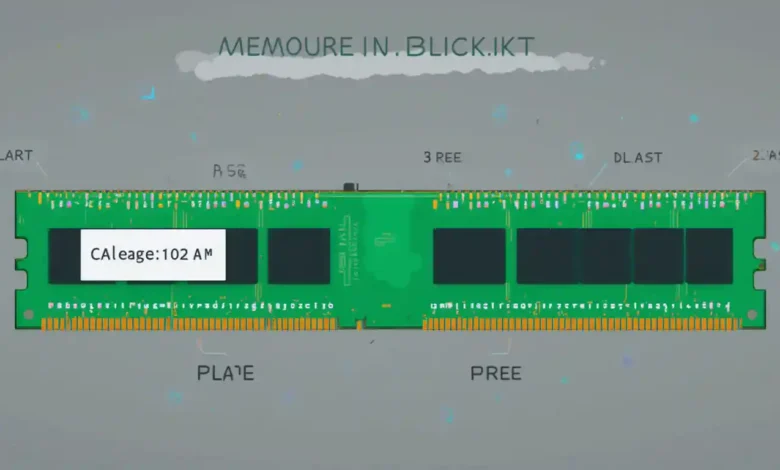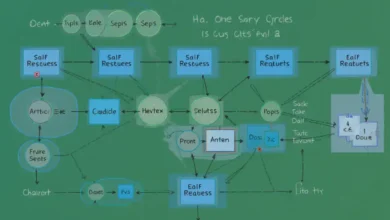Contiguous Memory Allocation: A Comprehensive Guide

Introduction
Contiguous memory allocation is a fundamental memory management technique used in many computing systems. By ensuring that a process is allocated a single contiguous section of memory, this method simplifies addressing and accessing memory, making it an integral part of early operating systems and programming environments.
What is Contiguous Memory Allocation?
Contiguous memory allocation refers to the process of assigning a single contiguous block of memory to a process. This block must be continuous in terms of memory addresses, from the start address to the end, making it easy for the system to manage and for programs to access their data efficiently.
How Contiguous Memory Allocation Works
The operating system handles contiguous memory allocation by maintaining a table of used and free memory blocks. When a process requests memory, the system allocates the nearest size block that fits the request and is free, adjusting the memory table to reflect the allocation.
Benefits of Contiguous Memory Allocation
One of the primary advantages of contiguous memory allocation is its simplicity. It allows for direct memory access with base and limit registers, which can lead to more efficient program execution. Additionally, it minimizes the overhead involved in managing memory addresses.
Challenges of Contiguous Memory Allocation
Despite its benefits, contiguous memory allocation comes with significant challenges. The main issue is external fragmentation, where free memory is split into small blocks and cannot be used efficiently. This can lead to inefficient memory utilization and increased system overhead.
Contiguous vs. Non-Contiguous Memory Allocation
Non-contiguous memory allocation, such as paging and segmentation, was developed to address the limitations of contiguous memory allocation. These methods allow memory to be allocated in separate blocks, reducing fragmentation and improving flexibility and memory utilization.
Applications of Contiguous Memory Allocation
Contiguous memory allocation is still used in some systems, particularly where simplicity and speed are critical. It is often seen in embedded systems, real-time operating systems, and small applications where the memory demands are predictable and manageable.
Managing Memory in Contiguous Allocation Systems
Effective memory management in systems using contiguous allocation involves techniques to minimize fragmentation and maximize utilization. Techniques like compaction, where memory is periodically reorganized to consolidate free space, are commonly employed.
Best Practices for Using Contiguous Memory Allocation
When using contiguous memory allocation, it is essential to monitor memory usage closely and implement best practices such as avoiding over-allocation, using memory pools, and employing efficient algorithms for memory allocation and deallocation.
Tools and Technologies Supporting Contiguous Allocation
Several tools and technologies can help manage and optimize contiguous memory allocation. Memory management tools that visualize and track allocations can be invaluable, as well as development environments that provide insights into memory usage patterns.
Conclusion
While contiguous memory allocation may seem outdated in the face of more modern techniques like paging, it still holds relevance in specific scenarios where its simplicity and speed are paramount. Understanding both its advantages and limitations is crucial for anyone involved in system design or memory management.
FAQs
- What is the main advantage of contiguous memory allocation?
- The main advantage is its simplicity and efficiency in memory access, which can lead to faster execution of programs.
- What are the major drawbacks of contiguous memory allocation?
- The major drawbacks are external fragmentation and the challenge of accommodating large or growing processes within a limited contiguous space.
- How does contiguous memory allocation differ from paging?
- Unlike contiguous memory allocation, paging divides memory into fixed-size blocks and allows processes to be stored non-contiguously, reducing fragmentation and increasing flexibility.
- Can contiguous memory allocation still be used in modern systems?
- Yes, it is particularly useful in systems where process memory requirements are well-defined and stable, such as in embedded or real-time systems.
- What are some techniques to handle fragmentation in contiguous memory allocation?
- Techniques include using compaction to reduce fragmentation and implementing efficient allocation strategies that minimize unused space.




